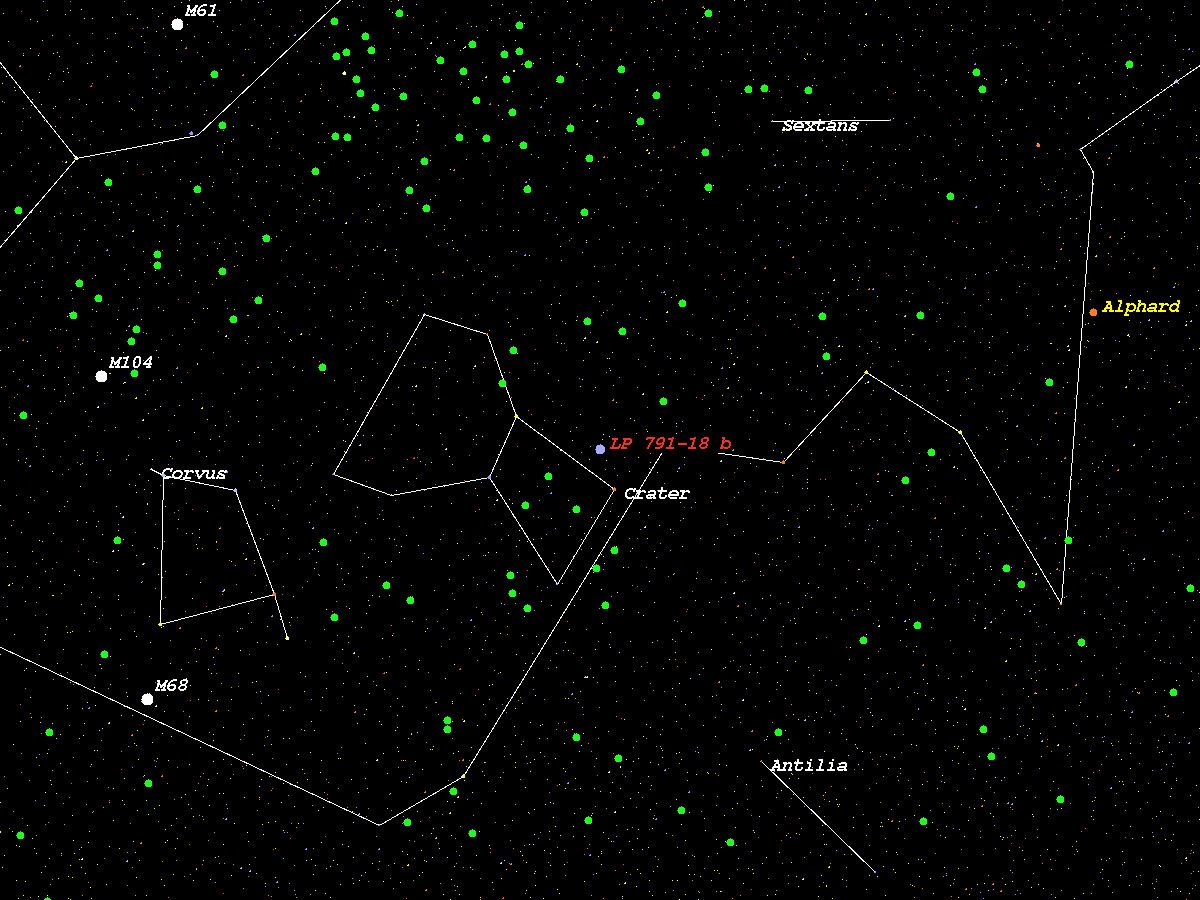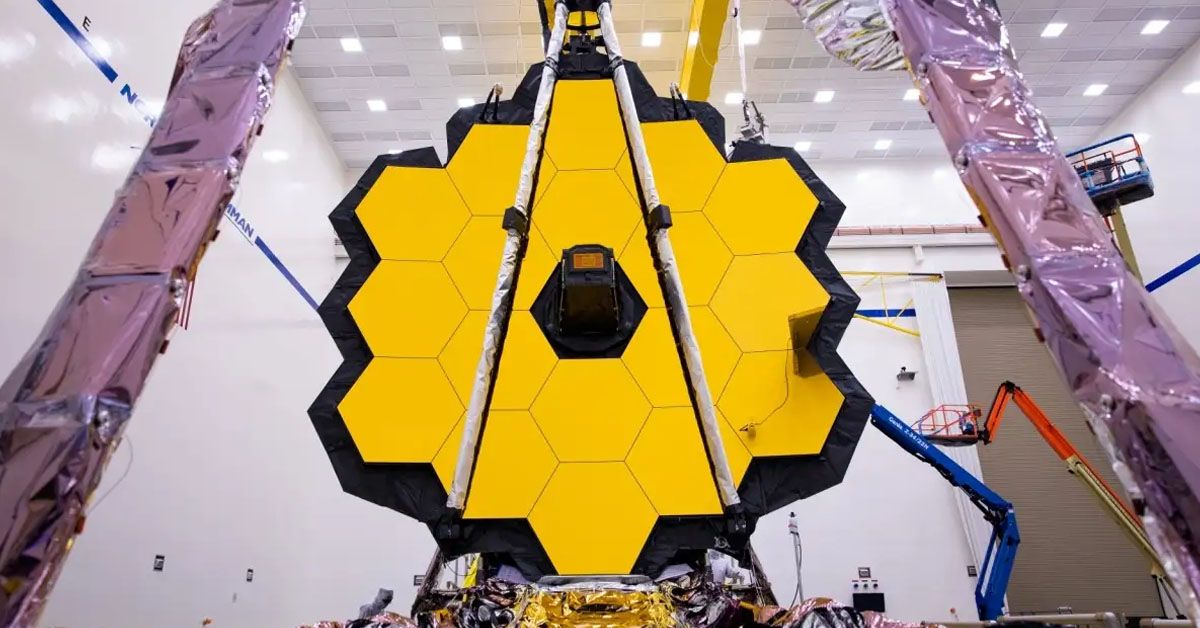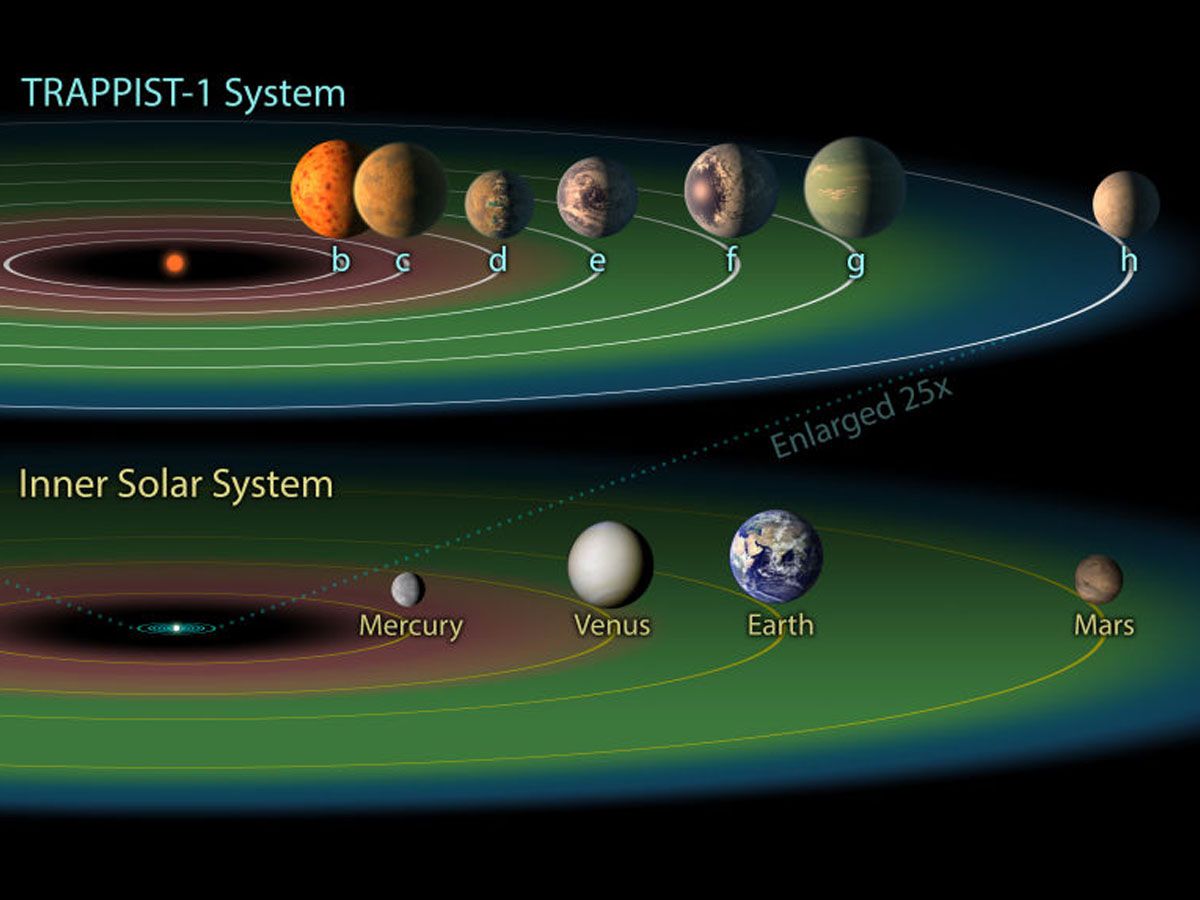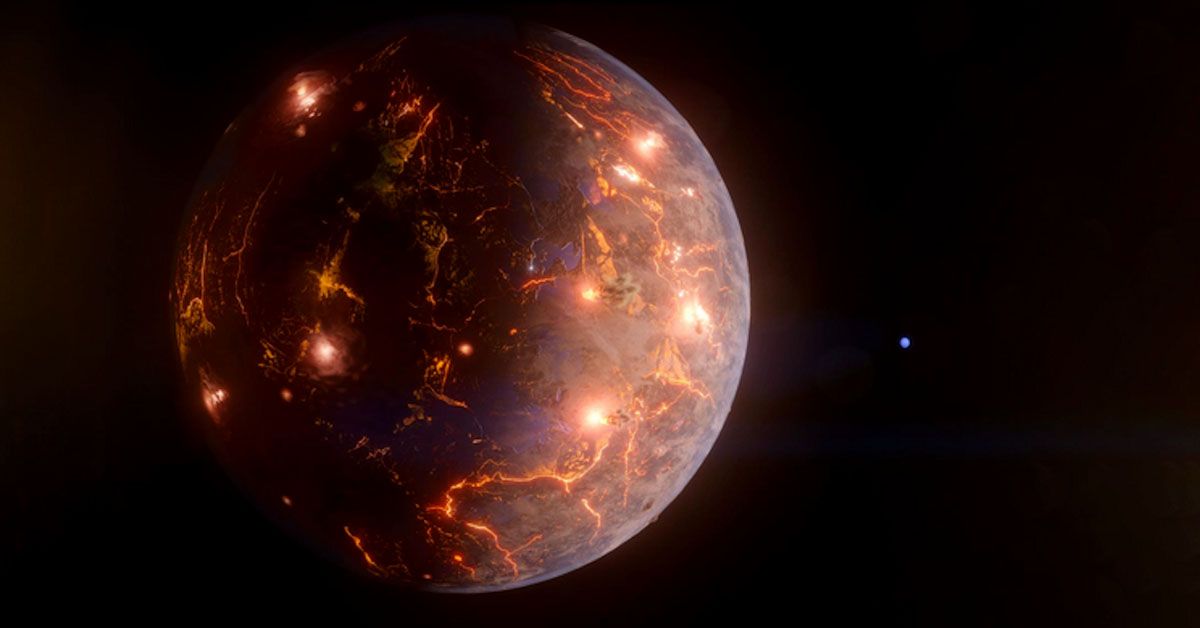In the grand tapestry of the cosmos, countless celestial bodies twinkle, each with its own story. One such tale unfolds in the constellation Crater, a story about an Earth-sized exoplanet, LP 791-18 d. Unveiling this world is an achievement that represents a significant step forward in space exploration. It's not just the discovery of another celestial body. it's a peek into the life cycle of terrestrial worlds, a potential clue in the search for extraterrestrial life.
Location and Physical Characteristics LP 791-18 d
Imagine setting off on a journey, hurtling through the cosmos at the speed of light. Your destination? The constellation Crater, where, after approximately 90 years of travel, you'd find our fascinating exoplanet, LP 791-18 d. Orbiting a small red dwarf star, this world sits quite close to its host star, making an orbit every 2.8 days.
Discovery Alert!📣
— NASA Exoplanets (@NASAExoplanets) May 17, 2023
An Earth-sized world on the edge of its habitable zone is being pulled by a super-Earth with such force that scientists think it's causing volcanic activity. And those volcanoes might mean nightside clouds (and maybe water?). https://t.co/XgBSXHFa6u pic.twitter.com/FIhkI6KWpb
LP 791-18 d is a remarkable entity in its own right, being slightly larger and denser than our familiar home, Earth. It's mass and density hint at a rocky composition, much like our own world. Adding to the intrigue, this exoplanet is tidally locked. This means that one side of LP 791-18 d is perpetually basking in its star's light, while the other is forever shrouded in darkness, a unique characteristic with intriguing implications for the possibility of life.
The LP 791-18 Star System
The stage upon which LP 791-18 d spins its intriguing dance is a system brimming with its own cosmic nuances. This distant stellar family, known as the LP 791-18 system, hosts two other planets - LP 791-18 b and c.
The innermost sibling, LP 791-18 b, is the smallest among the duo. Despite being about three times the size of Earth, it's a lightweight in the context of this system, weighing in at only about eight Earth masses. This contrasts sharply with the middle sibling, LP 791-18 c, a heavyweight tipping the scales at approximately 20 Earth masses and boasting an impressive radius, roughly seven times that of our home planet.

The gravitational ballet of these planetary bodies, each distinct in size and mass, imparts the LP 791-18 system with a rich dynamism. The gravitational forces at play profoundly affect LP 791-18 d, in particular. The dance is most intimate with the heftier sibling, LP 791-18 c. Their gravitational interaction is so strong that it not only influences the exoplanet's orbit but also could be responsible for an intriguing aspect of LP 791-18 d: the possibility of tectonic activity.
Such activity, induced by the gravitational pull of LP 791-18 c, could generate heat within the core of LP 791-18 d. This in turn could fuel volcanic activity, a crucial ingredient in the recipe for creating a life-sustaining atmosphere. It's a testament to the interconnectedness of the cosmos, where the gravitational tug of a distant planet could set the stage for life on another.
Study and Analysis of LP 791-18 d and Its System
Investigating the atmosphere of LP 791-18 d will be of paramount significance, not only for grasping the planet's immediate environment but also for its broader implications for astrobiology. If there's one thing our experience on Earth has taught us, it's that life is inextricably linked with the conditions of the surrounding atmosphere. And that's precisely where the JWST comes into play, helping us decipher whether LP 791-18 d's atmosphere contains traces of elements conducive to life.

Tectonic and volcanic activity are other essential considerations in this quest for understanding life's origin. Earth's own history attests to how these geological processes can influence the development of life. If similar activity is detected on LP 791-18 d, it could suggest that the planet possesses the necessary conditions to support life. It's a tantalizing proposition, one that drives astronomers and astrobiologists alike in their pursuit of the cosmos' secrets.
In the pursuit of uncovering the enigmatic secrets of LP 791-18 d, the James Webb Space Telescope (JWST) is slated to be an invaluable asset. With its ability to probe into the deeper layers of space, JWST is primed to augment our understanding of this exoplanet's atmosphere.
The Global Collaboration Behind the Discovery
This ground-breaking discovery is a testament to the power of global collaboration, a confluence of technologies and minds across continents. NASA's Spitzer Space Telescope and the Transiting Exoplanet Survey Satellite (TESS) played instrumental roles, with their data used in conjunction with inputs from various ground-based observatories. This intricate dance of cutting-edge space technologies and the meticulous observatories on our home planet brought to light the intriguing attributes of LP 791-18 d.

This cosmic breakthrough is the brainchild of a large, international team of astronomers. Lead researcher Merrin Peterson from the Trottier Institute for Research on Exoplanets (iREx) guided the team, illustrating the wonders that can be achieved when minds across borders converge for a common goal. This discovery serves as an enduring reminder of our shared pursuit of knowledge, no matter where we call home on Earth.
Potential for Life in LP 791-18 d
The concept of a habitable zone, or the "Goldilocks Zone", is tantalizing for astronomers. It's the orbital region around a star where conditions might be just right - not too hot or cold - for liquid water to exist on a planet's surface. Remarkably, LP 791-18 d finds itself right on the inner edge of such a zone.
But a hospitable location isn't enough. A planet needs more than just the right temperature for life as we know it to arise. It needs an atmosphere. Here is where LP 791-18 d's potential volcanic activity comes into play. Propelled by the gravitational pull from its larger neighbor, LP 791-18 c, the planet's orbit is slightly elliptical. This triggers internal friction and heating, which could fuel volcanic activity, potentially creating an atmosphere and enabling the condensation of water on its dark side.

These features, combined with the fact that it orbits a red dwarf, a type of star that's cooler, smaller, and potentially more conducive to life than our sun make LP 791-18 d a compelling prospect in the search for life. It could be a world of dichotomies, a place where fiery volcanoes reminiscent of Jupiter's moon Io coexist with regions possibly as conducive to life as Earth or Venus. There's even the chance that LP 791-18 d's atmosphere resembles that of Saturn's moon Titan, a celestial body known for its dense, life-enabling atmosphere.
These possibilities aren't just fascinating conjectures, they offer real, tangible opportunities for further research and discovery. As we continue to analyze and understand LP 791-18 d, we could gain unprecedented insights into how volcanic and tectonic activity shape planets, sustain atmospheres, and ultimately, provide the necessary conditions for life to thrive.

But these questions aren't limited to LP 791-18 d alone. They extend to a broader cosmic inquiry that scientists have been trying to answer for decades: Are we alone in the universe? We may come closer to answering this profound question as we unearth more about this distant, Earth-sized exoplanet. The discovery and exploration of LP 791-18 d don't just expand our knowledge of the cosmos. They redefine our understanding of life's place within it.
In the final analysis, LP 791-18 d is more than a mere addition to the cosmic map. It's a testament to the power of international collaboration, the advancement of technology, and the boundless human spirit that continually pushes the frontier of knowledge. As we gaze up at the starry skies, worlds like LP 791-18 d remind us that our journey of discovery is far from over. Indeed, it's only just beginning.
Sources: nasa.gov / astrobiology.com / si.edu













